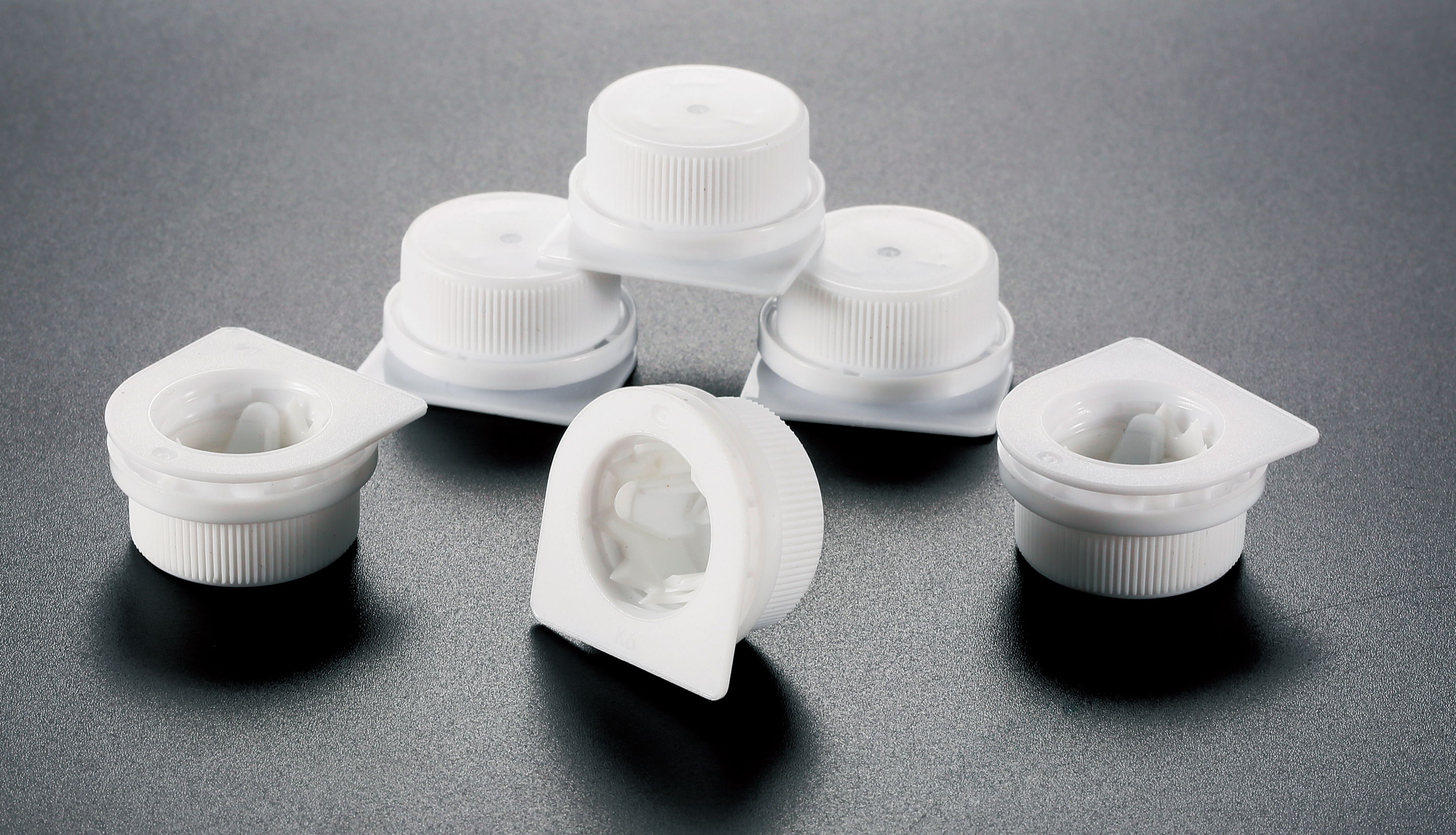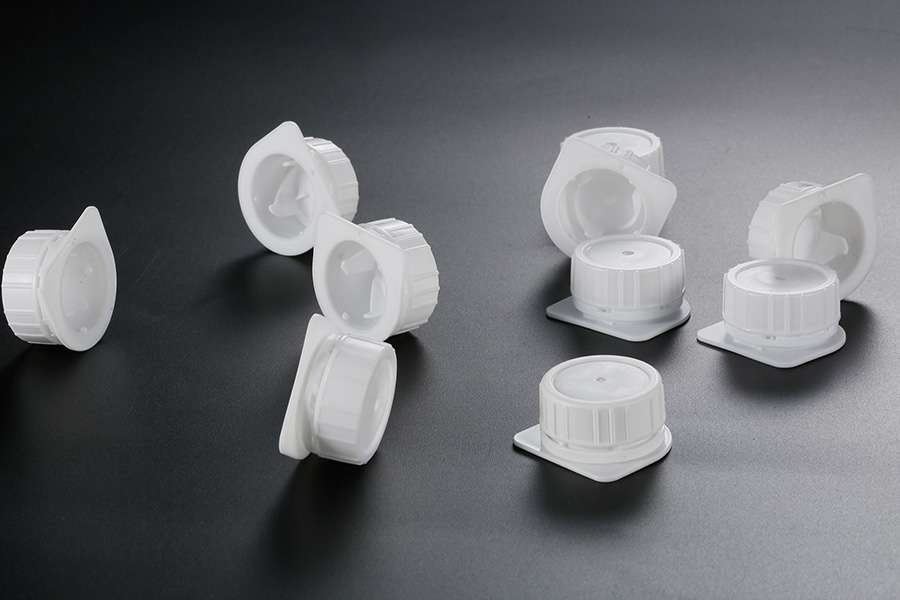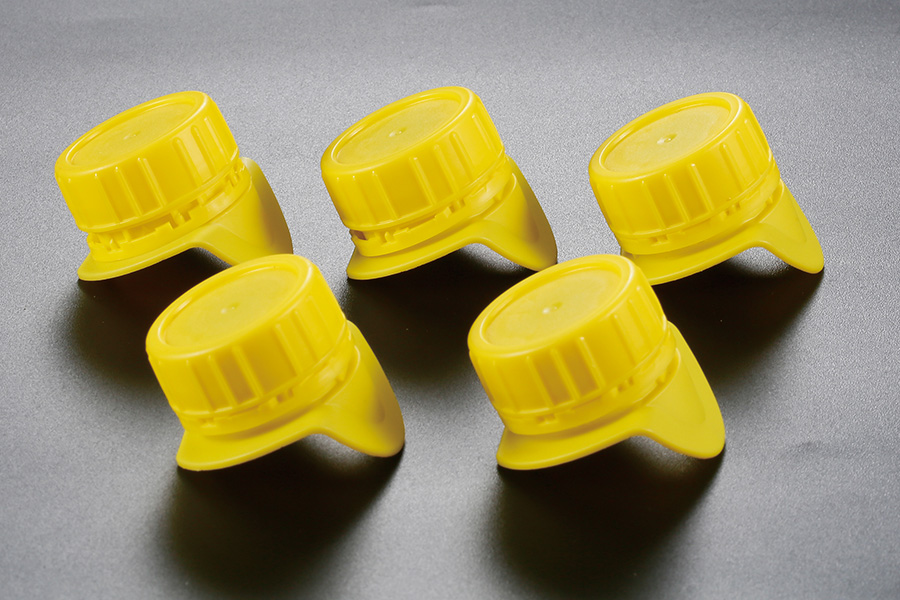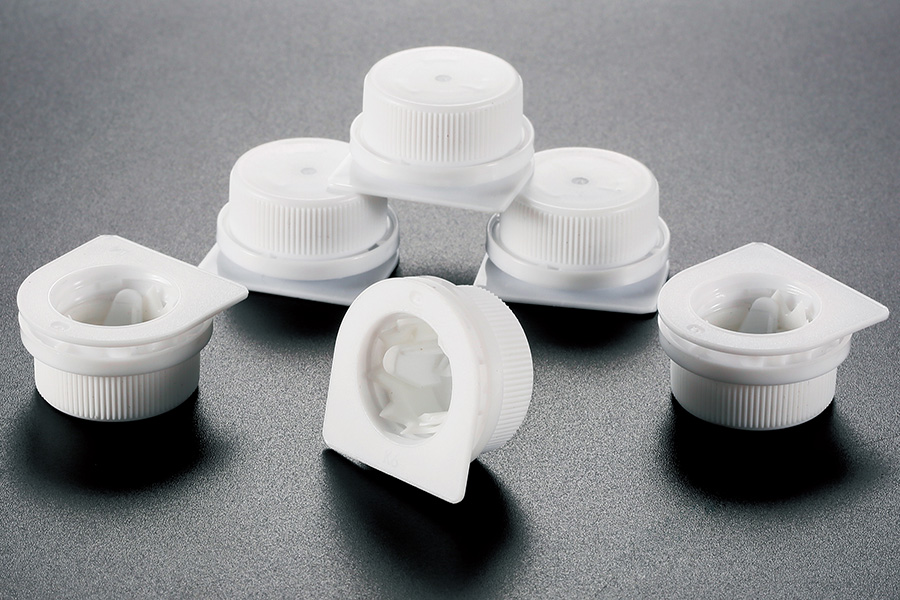One-step opening mechanism
The special structural design enables the aluminum foil sealing film to be automatically cut when the lid is opened, eliminating the need for secondary tearing of traditional packaging. This design uses the linkage principle of rotational torque and a cutting device to complete the cutting of the internal sealing layer while unscrewing the lid.

Anti-tamper seal verification
The anti-counterfeiting seal design provides consumers with intuitive integrity verification through the physical characteristics of destructive unsealing when opening the lid, preventing the product from being refilled or contaminated.
Ergonomic optimization
The shape of the lid fits the lip curve, and the edges are rounded to ensure smooth drinking. Some high-end models also support repeated opening and closing to meet multiple drinking needs
User-Centered Functional Enhancements
In modern packaging, user experience plays a central role in closure design. Beyond the one-step opening mechanism and ergonomic shape, new generations of caps are integrating features that support both safety and convenience. The bottle cap with seal remains a critical component in maintaining product integrity throughout distribution and storage. It protects against accidental spills and ensures the contents remain uncontaminated until the moment of one use. These sealed closures also provide a visible confirmation of tamper resistance, which is essential in food, beverage, and pharmaceutical applications.
Modern plastic closure solutions go beyond just sealing. They are now engineered to offer intuitive handling for various user groups, including children, the elderly, and those with limited grip strength. Easy-grip ridges, twist assistance, and audible click mechanisms are increasingly being adopted across different packaging formats. These additions are helping to less errors during opening and promote a better user experience overall.
Among innovative designs, the helicap Tetra Pak structure introduces a spiral, self-cutting interface that enables direct access to the liquid contents with a single twist. Its helical profile provides a smooth but controlled rotational motion, which activates the internal cutter to pierce the foil lining. This results in a precise and clean cut of the inner seal, allowing for accurate pouring without spills or leftover foil fragments. Such a design is particularly useful in dairy, plant-based drinks, and health supplements, where ease of use is an important consideration for consumers.
Additionally, this type of bottle cap with a seal is compatible with various neck finishes and carton structures. Its versatility allows manufacturers to use a common closure design across multiple product lines without significant retooling. This efficiency supports streamlined manufacturing processes and reduces packaging waste due to standardization.
Sustainability is also influencing plastic closure design. Lightweight models are being developed to reduce raw material use without sacrificing durability. In some cases, tethered cap formats are being implemented to ensure the cap remains attached to the container, aligning with regional environmental guidelines. Recyclable polymers are increasingly being adopted to support circular economy goals, and this shift is gradually becoming a norm rather than an exception.
The helicap Tetra Pak system also addresses hygiene during use. Since the opening mechanism does not require external tools or contact with internal surfaces, the risk of contamination is significantly reduced. For on-the-go consumption, this is especially relevant, as users can access the product directly without additional packaging or implements. Some variations also support resealing, which is useful for multi-serving beverages and ensures freshness between uses.
In summary, current cap innovations are balancing structural performance, user convenience, and sustainability. By integrating the bottle cap with seal, refining plastic closure functionality, and advancing formats like the helicap Tetra Pak, manufacturers are offering packaging solutions that cater to both modern consumer expectations and industry requirements. These closures are now part of a broader strategy to create safer, cleaner, and more user-friendly packaging experiences across a variety of applications.


 English
English  русский
русский عربى
عربى



